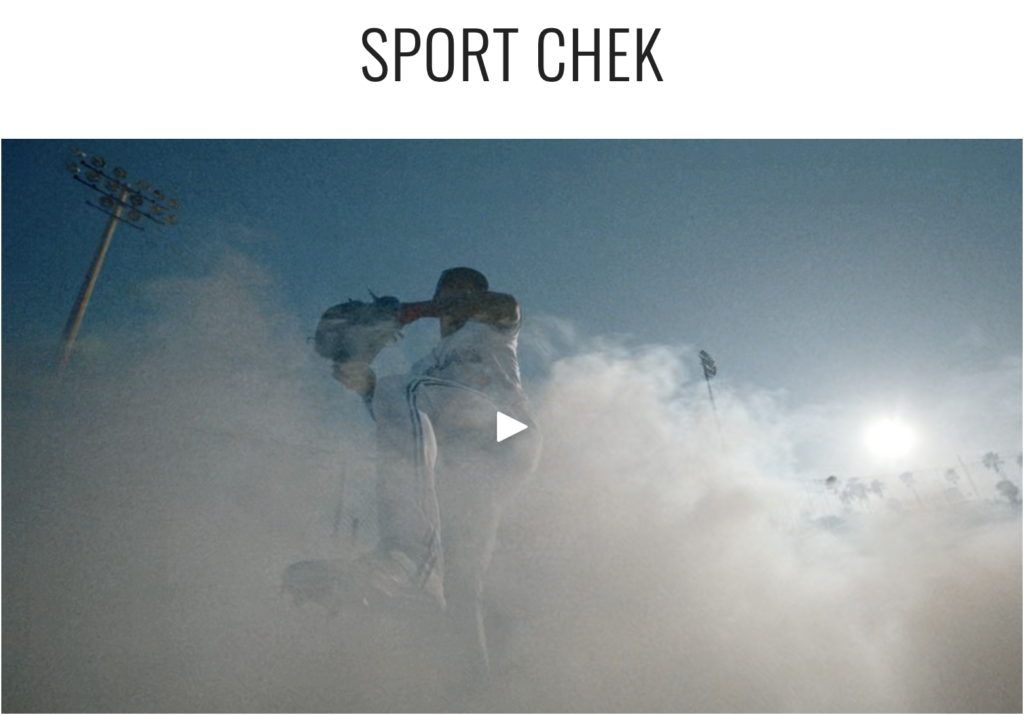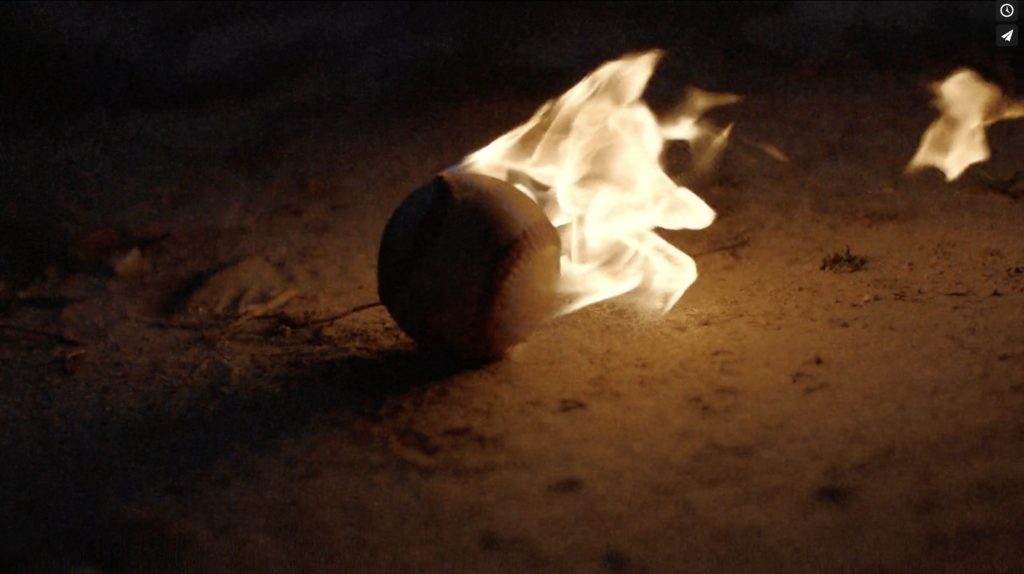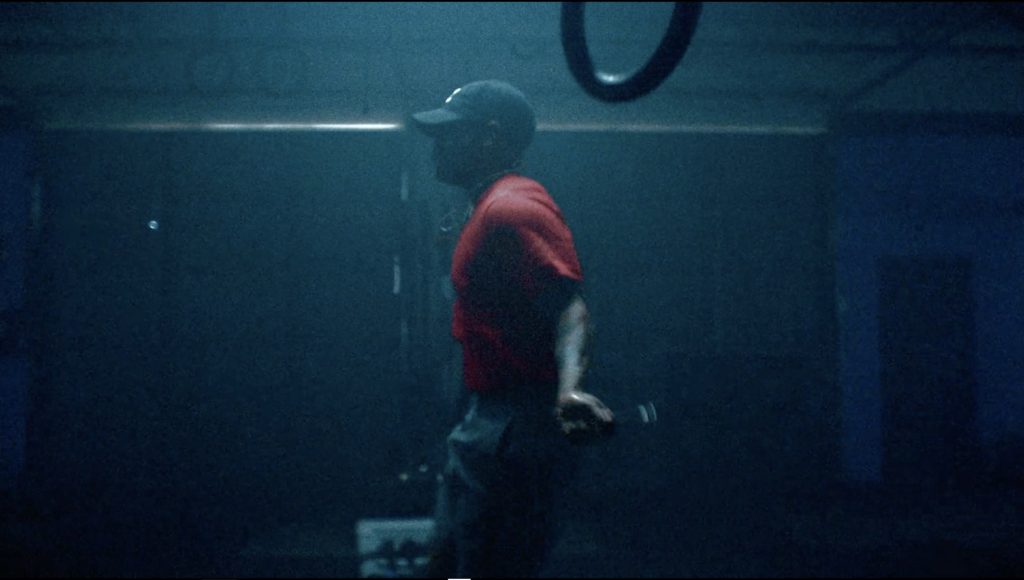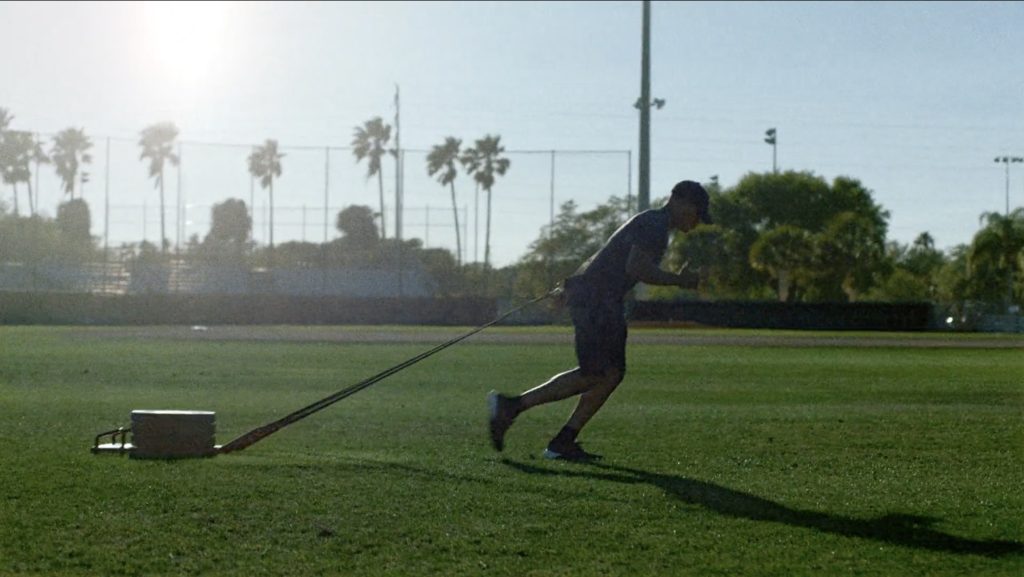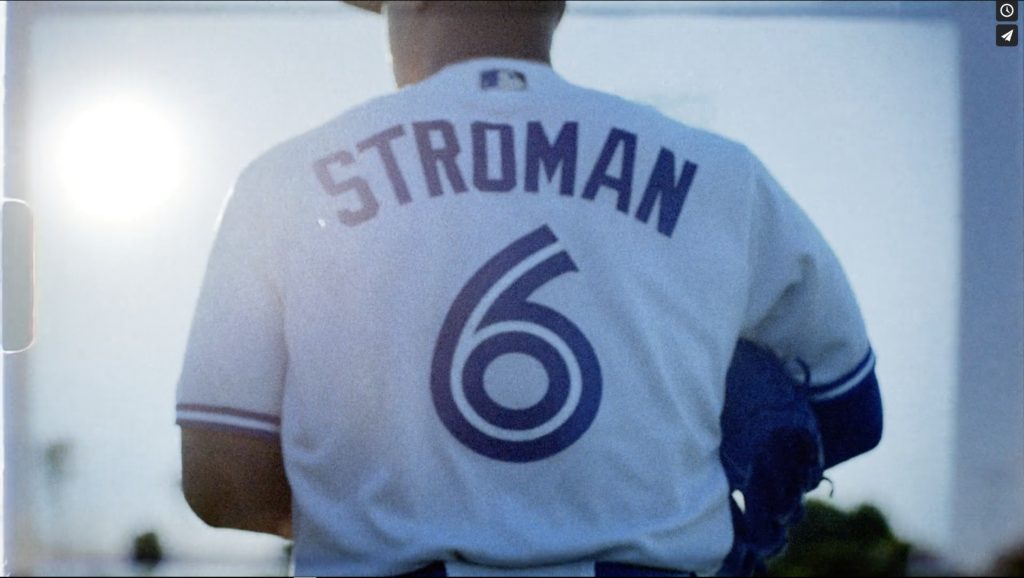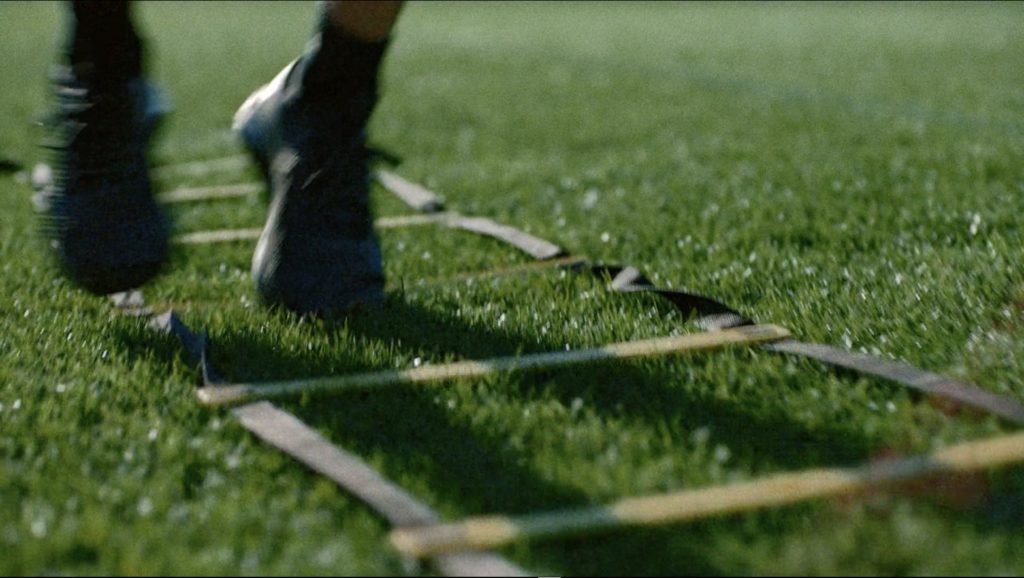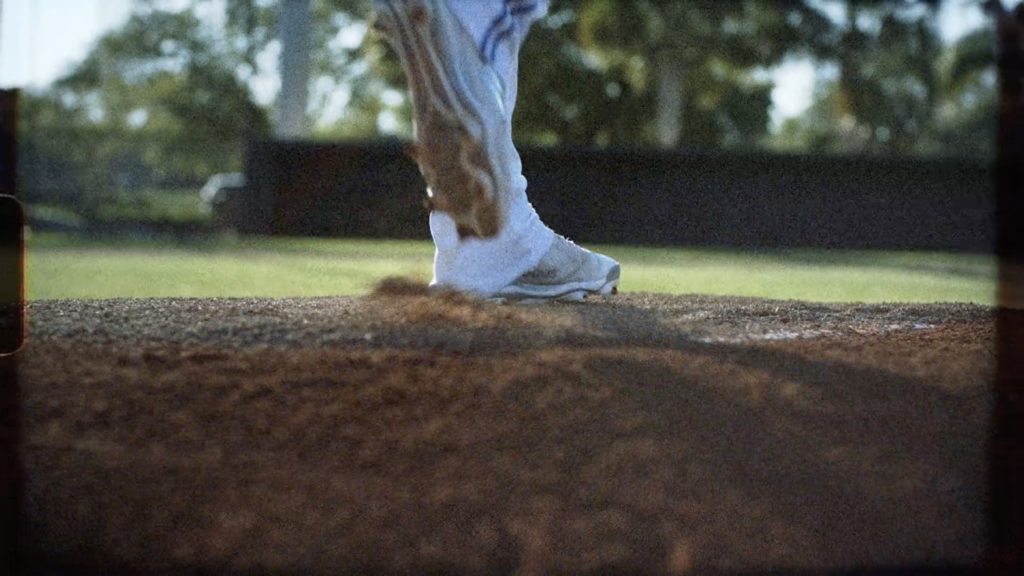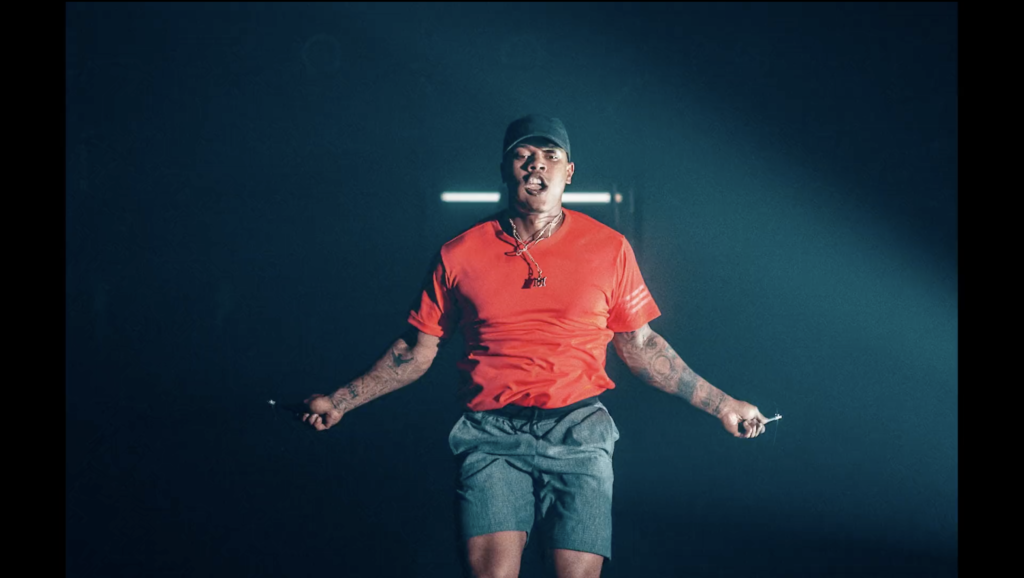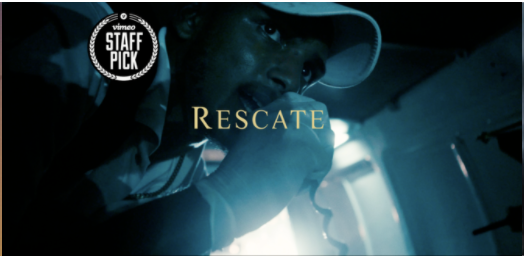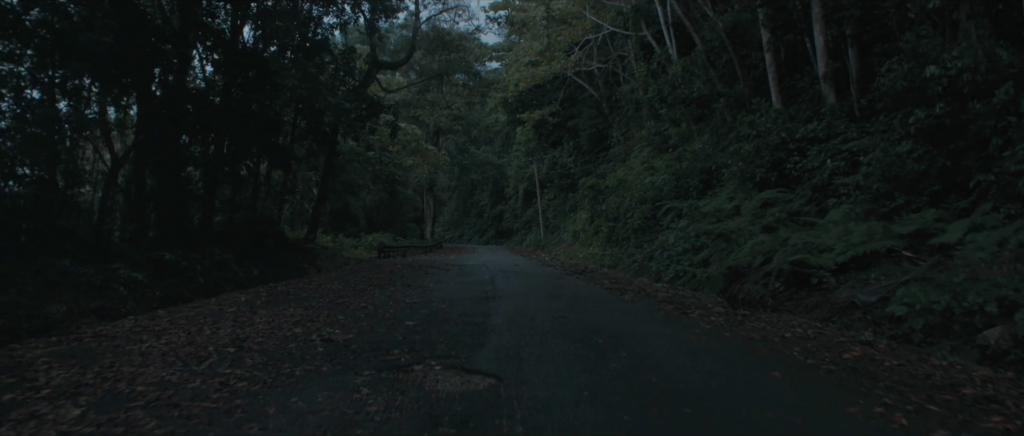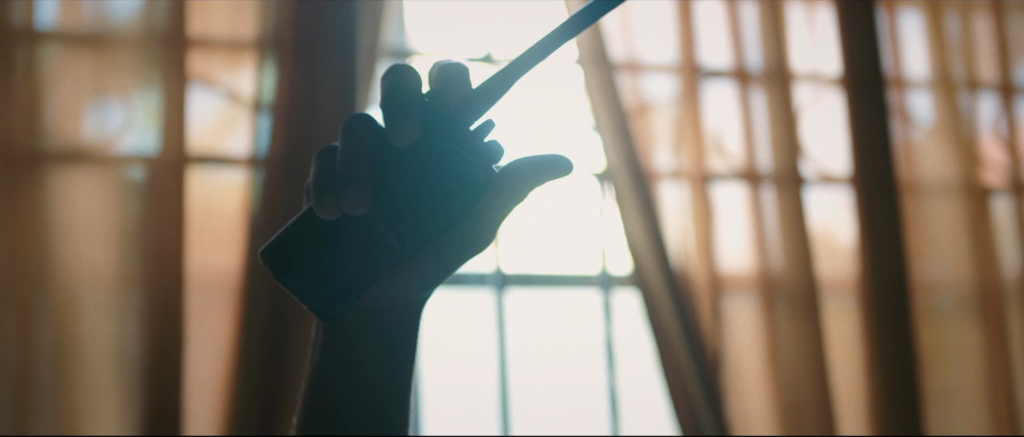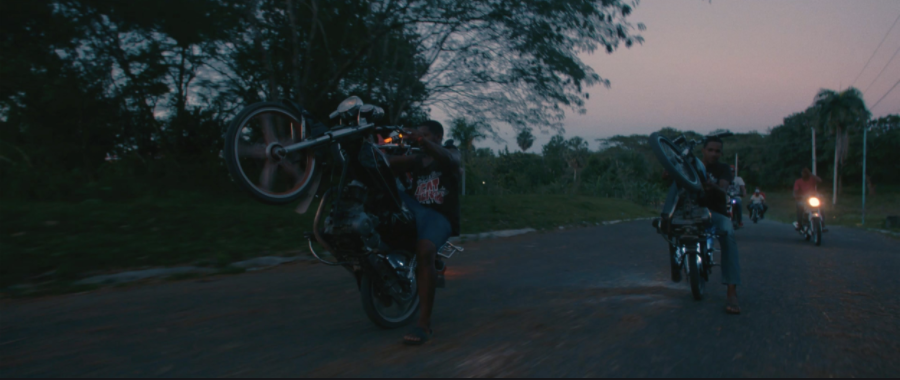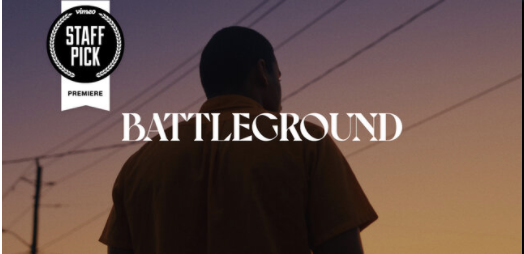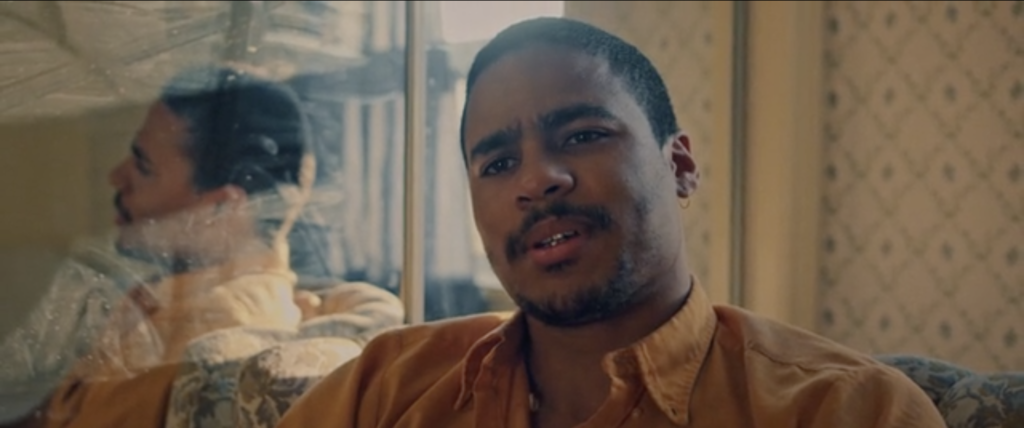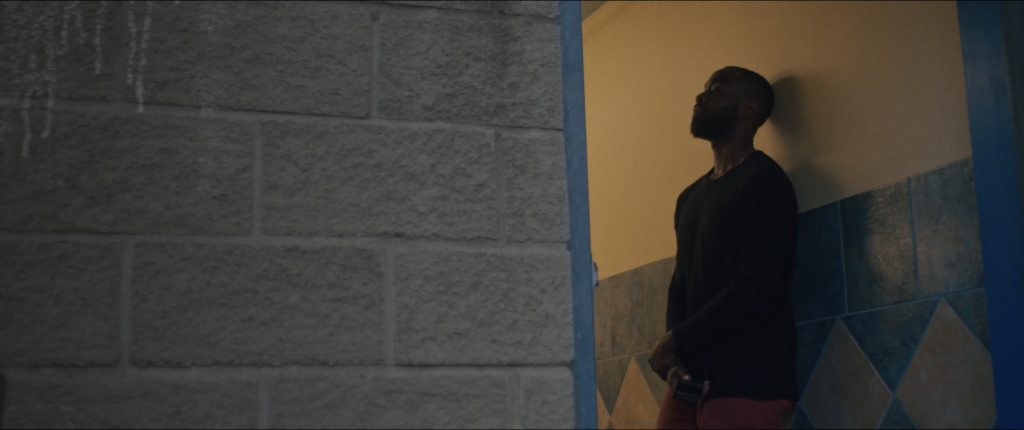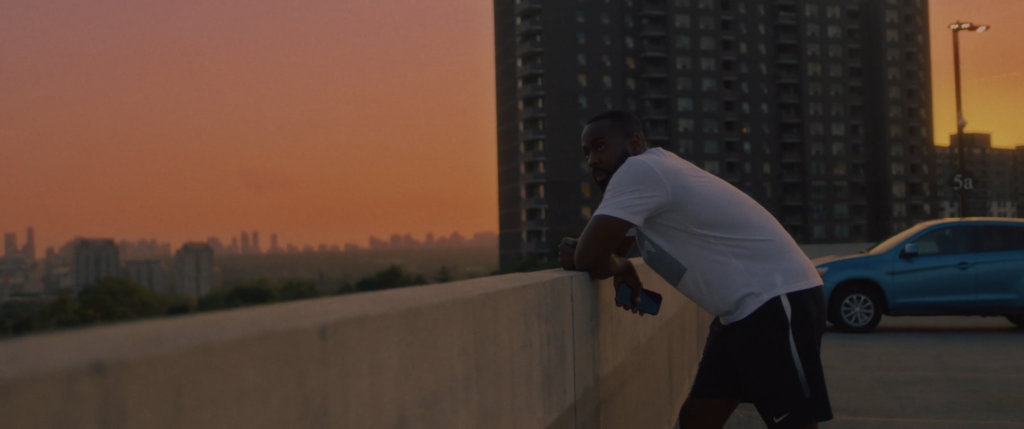MARK BONE
Mark Bone is a Christian documentary and commercial filmmaker and director based in Toronto, Canada. Mark has worked with large global companies such as Mercedes Benz, Nikon, Nike and BMW both directing and filming, not only does he do high quality and high profile commercial work but he also makes documentaries. Most of his documentaries are passion projects, either meaning they have little to no budget or are about topics or stories very close to his heart. Mark bone went to film school and went the traditional route of getting into the film industry. He trained in 3D cinematography using two cameras to phase into a 3D image. This lead him onto working on large feature film productions like ‘Flight of the Butterfly’ and ‘Make your Move’. However when the traditional method of 3D cinematography phased out and film production companies went to filming in 2D and converting it to 3D in post Mark went from having lots of jobs and doing well to having no work at all. During this low period he decided to just start shooting and filming. After the tragic plane crash which resulted in the death of a close friend working out in the Dominican republic sending Aid supplies, Mark felt he needed to get out there. He was inspired by a group of volunteer paramedics who were working on trying to recover wreckage or survivors from the plane crash. He was inspired by their bravery and heart for voluntarily serving their country and the community around them. He began documenting what was happening out there, directors and other companies began to recognise his work and he started to film documentaries which he could put together as a show reel. This lead him to be able to create his heart pounding, award winning documentary ‘Rescate’.
HIS WORK
His work ranges from short commercials to full length documentaries. His documentary work often has a very personal connection to him. His technique and cinematography style is quite recognisable. More often than not he prefers handheld over stabilized footage. He traditionally uses two focal lengths and prefers to shoot on prime lenses. His go to is a 24mm lens for wide shots and a 50mm lens for details and to separate the subject from the background. Mark also uses sony cameras specifically the Sony FX9 which was his cinema camera of choice for Rescate and Battleground. He does sometimes hire in an AC (assistant cameraman) or DP (Director of Photography) if he is playing a larger role in directing. Mark also has a youtube channel and an online course where he teaches documentary filmmaking. In his videos he talks a lot about immersing the viewer in the documentary and making is feel more close and personal. He achieves this by using handheld techniques, wider focal lengths and using a lot of 24fps footage rather than 60 or 120fps slow motion footage.
SPORT CHECK
RESCATE
BATTLEGROUND – Analysis
TECHNICAL/VISUAL: The lighting and visual image of this documentary film is very cinematic and very soft. Mark shot most of the outside scenes in either golden hour or blue hour when the lighting is soft and there are minimal shadows. This scene was shot at blue hour which usually lasts 20 – 30 minutes after sunset of before sun rise. The sun has gone which means the light is at its softest. Because blue hour is dark as the sun has set they have chosen to shoot at a wide aperture perhaps between f2.8 – f1.8 which allows more light into the lens and creates a shallower depth of field making the background more blurry. Looking closer at this scene I can tell that a key light has been used to light the subjects face, this allows the cinematographer to use a lower iso which keeps the image cleaner and reduces digital noise. In the composition they have used the rule of thirds and put the subject on the left third of the frame, this helps to signify to the viewer that the subject is talking to someone off screen. The cinematographer on this project was Adam Madrzyk, someone who Mark has worked with before, additional shots were done by Mark Bone as Mark was focusing on directing. However, Mark would have had a big say in the look and style of cinematography and would have probably been looking at the camera monitor for a big portion of the recording.
CONTEXT: Battle ground is Mark Bone’s most recent documentary. It was directed and created by himself and Kwesi Thomas after discussions between the two of them after the murder of George Floyd. The film was released the day after former Minneapolis police officer Derek Chauvin was convicted of killing George Floyd. In one of Mark’s recent youtube videos talking about the creation of the film he talks about how he spoke to Kwesi about recording one of their conversations. This then grew into a bigger project which turned in to the 18 minute film. The film was creative over 1 year the majority of that year being 2020. America and Canada have been very conflicted during this time as more and more people have started to speak up and campaign for anti racism and police brutality.
CONCEPT: The concept behind this documentary film was to try and communicate some of the lifelong and everyday struggles of people in the black community. An article witten in the TimesNewsExpress by Alex Billington states ‘Battleground is the creation of filmmakers Kwesi Thomas & Mark Bone, developed through conversations immediately following the murder of George Floyd last year (finally there is some justice a year later).’Mark explains his intentions for the 18 minute film: “I wanted to illuminate that racism can occur in small ways but still have a lifelong impact. A knee on a man’s neck for 8 minutes is shocking but I didn’t want to overlook the smaller moments of injustice that don’t make news headlines. The film explores these moments.” Both Kwesi and Mark didn’t want this film to try and show people how to not be racist but instead encouraging people to be Anti-racist. Kwesi speaks in the film about “to not be satisfied with not being racist, you don’t just want to say to your kid…oh I don’t hate you, it’s like no let me show you that I love you.” and contrasted that to a parent wouldn’t tell their child ‘Well I don’t hate you’. One of Kwesi’s statements says “Loving takes your further than ‘not hating’, because to love someone is to know what hurts them.” Mark also states in a video interview with CBC ‘It gave the opportunity to ask Kwesi, hey have I said anything as your friends that’s made you uncomfortable about race, or made you insecure or hurt you’.
MY RESPONSE
MY RESPONSE
Mark’s film’s are very cinematic looking and have the ‘filmic look’. I really like his style and approach to filmmaking. His films link well to the exam theme of freedom and limitations as his documentaries often feature themes of restriction, suffering. For example his film ‘Battleground’ features elements and discussions about racial inequality and how people in the black community and others are still treated unfairly because of the colour of their skin and as a result they don’t have the same freedom to be themselves or go about their lives freely in the same way white people might be able to. In my film I want to replicate some of his style and techniques, by shooting the majority of the film on 25fps and handheld it will make the film feel more personal, close and authentic. By shooting at golden hour it will provide a soft pleasing light on the person or subject I am filming. By filming in 25fps it will force me to work on getting stable footage as I don’t have the option to slow it down in post production.

